HISTORY
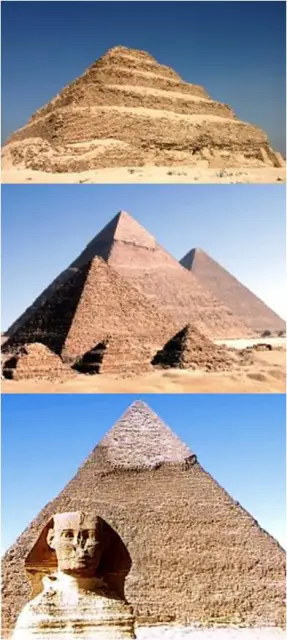
Though the three Great Pyramids are the most famous and prominent monuments at Giza, the site has actually been a Necropolis almost since the beginning of Pharaonic Egypt. A tomb just on the outskirts of the Giza site dates from the reign of the First Dynasty Pharaoh Wadj (Djet), and jar sealings discovered in a tomb in the southern part of Giza mention the Second Dynasty Pharaoh Ninetjer. But it was the Fourth Dynasty Pharaoh Khufu (Cheops) who placed Giza forever at the heart of funerary devotion, a city of the dead that dwarfed the cities of the living nearby. His pyramid, the largest of all the pyramids in Egypt (though it should be noted that it surpasses the Red Pyramid of his father Snefru by only ten meters) dominates the sandy plain.
Further along the southwest diagonal is the smallest of the three, the pyramid of Khephren’s son, Menkaure. It is also the most unusual. First of all, it is not entirely limestone. The uppermost portions are brick, much like the Black and White Pyramids at Dahshur, though separated from them by several centuries. One theory is that Menkaure died before his pyramid could be completed, and the remaining construction was hastily done to finish in time for the burial. It is also not along the diagonal line that runs through the Great Pyramid and the Second Pyramid, but instead is nearly a hundred meters to the southeast. This error, if error it is, is of a magnitude not in keeping with the mathematical skill known to have been possessed by the ancient Egyptians. However, an idea has emerged in the last few years that the three large pyramids of Giza are actually meant to be in an alignment resembling that of the three “belt” stars in the constellation Orion: Alnitak, Alnilam, and Mintaka.
The Great Pyramid of Giza is the main part of a complex setting of buildings that included two mortuary temples in honor of Khufu (one close to the pyramid and one near the Nile), three smaller pyramids for Khufu’s wives, an even smaller “satellite” pyramid, a raised causeway connecting the two temples, and small mastaba tombs surrounding the pyramid for nobles. One of the small pyramids contains the tomb of queen Hetepheres (discovered in 1925), sister and wife of Sneferu and the mother of Khufu. There was a town for the workers of Giza, including a cemetery, bakeries, a beer factory and a copper smelting complex. More buildings and complexes are being discovered by The Giza Mapping Project.
A few hundred metres south-west of the Great Pyramid lies the slightly smaller Pyramid of Khafre, one of Khufu’s successors who is also commonly considered the builder of the Great Sphinx, and a few hundred metres further south-west is the Pyramid of Menkaure, Khafre’s successor, which is about half as tall.
The generally accepted estimated date of its completion is c. 2560 BC. Although this date contradicts radiocarbon dating evidence, it is loosely supported by a lack of archaeological findings for the existence prior to the fourth dynasty of a civilization with sufficient population or technical ability in the area.
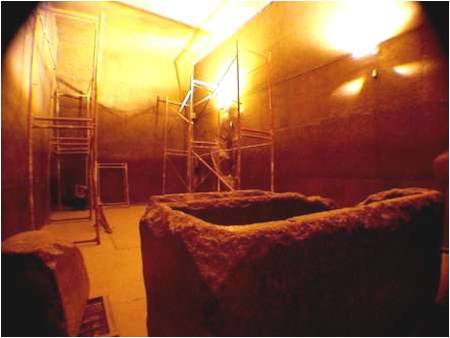
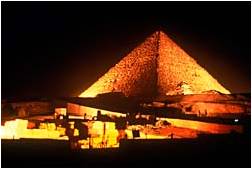

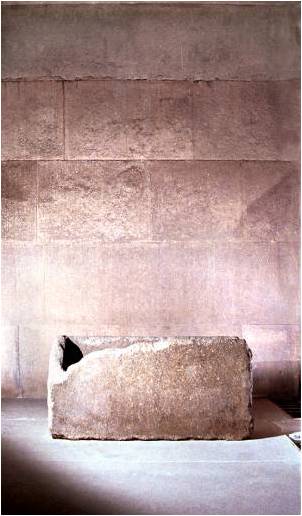
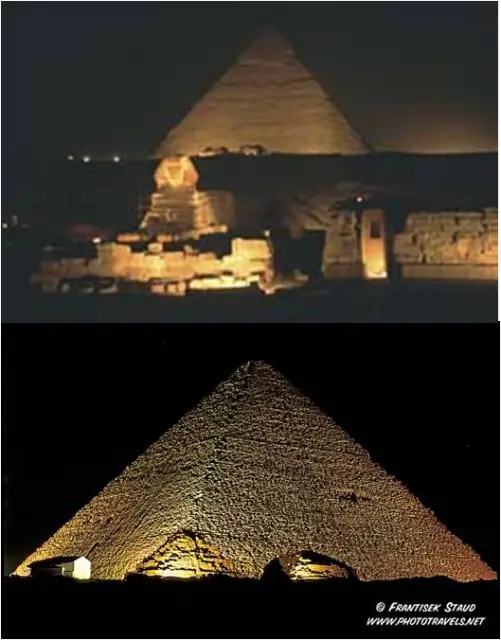
LIGHTING
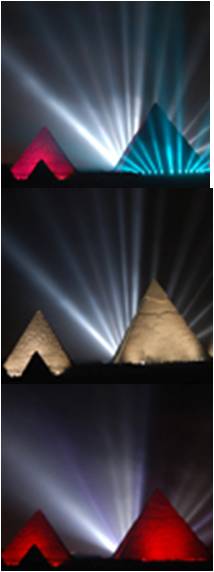
Pyramids in Giza, the huge symbols of the Egyptian culture as scenery of a spectacular coloured light show: this is the last creation of the British lighting designer Duram Marenghi who has created a lighting extravaganza at the famous historic site. The event, held last December 8, 2006, was organized by Egyptian telecom company Orascom to mark their 50 millionth subscriber and, in occasion of the event, guests were housed in a large tent overlooking the site and were entertained by an international cabaret. The imposing and precious lighting pyramids provided a wonderful view to the observers, a real show of dynamic lights that changed in different tones of colours.

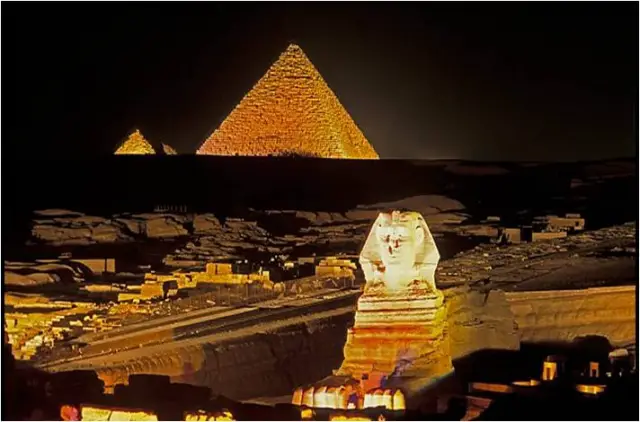
Originally the Italian production company events were tasked to provide a light and fireworks as a highlight to the special evening but a combination of a very short lead time and delays in the granting of permissions saw the fireworks element removed and Duram Marenghi from Lumitect Limited was appointed as art director for the event. Marenghi required dramatic floodlighting of the central pyramid and powerful aerial effects, using sixteen 10kw diachronic searchlights alongside twelve 8kw units.
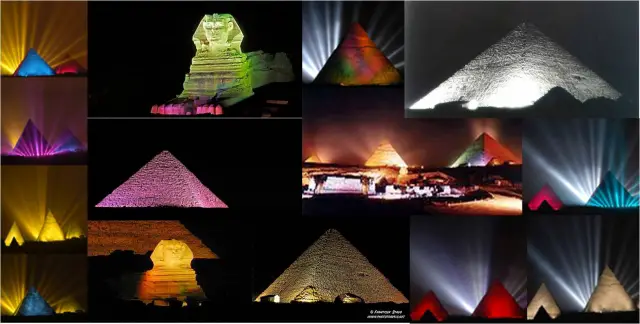


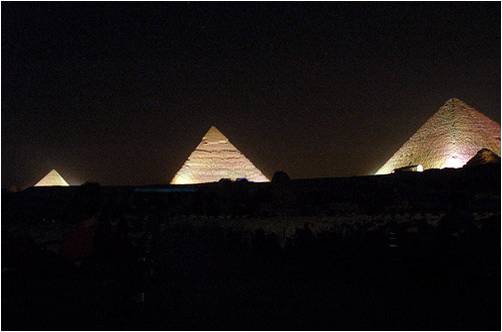
Leave a Reply
You must be logged in to post a comment.